Access Denied
IMPORTANT! If you’re a store owner, please make sure you have Customer accounts enabled in your Store Admin, as you have customer based locks set up with EasyLockdown app. Enable Customer Accounts
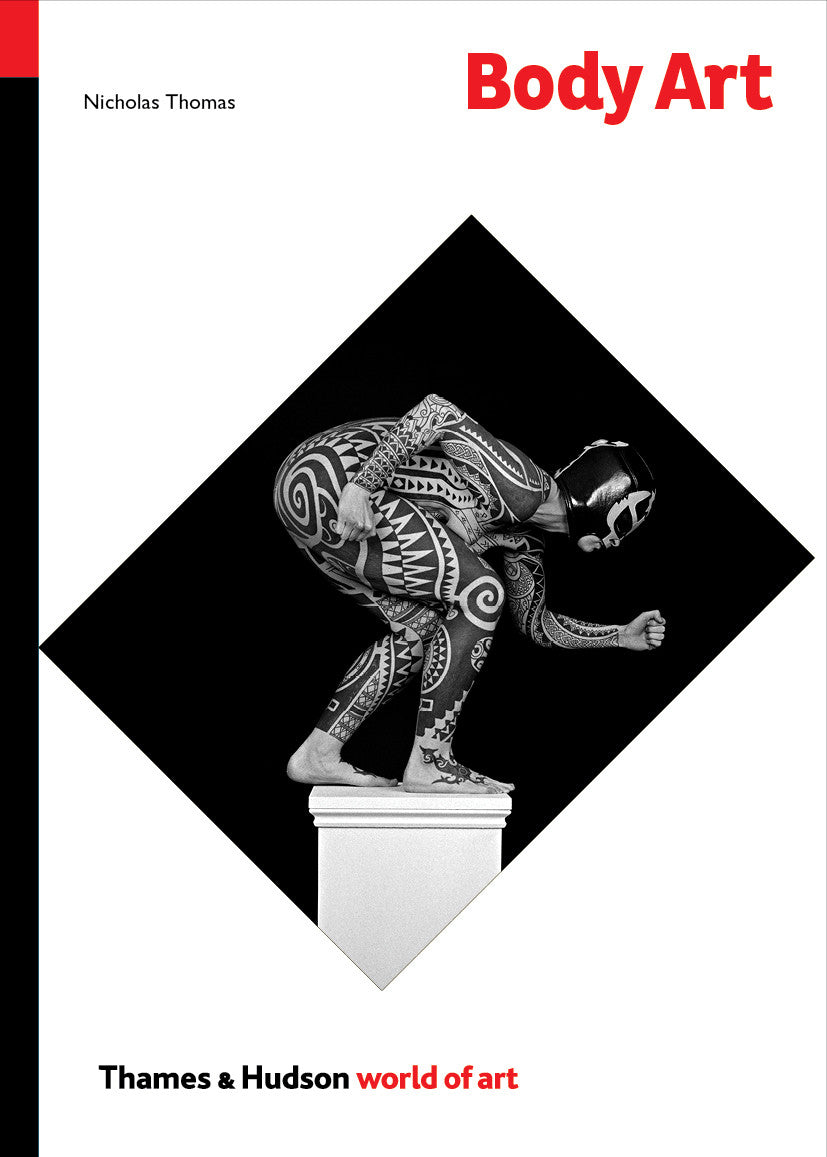
Body Art
Out of Stock- Regular price
- $19.99
- Sale price
- $19.99
- Regular price
-
- Unit price
- / per
An informed and accessible survey of the extraordinary diversity and creativity of global body art, past and present
Body art is the most intimate art form, linking the self, the senses, and the social and political. Today, in almost any major city worldwide, you will encounter tattoos, piercings, henna painting and elaborate hairstyles. In recent years, body art has proliferated in an unprecedented way, borrowing motifs and practices from many different traditions. What is it that new and borrowed body arts do, and what do they tell us about the global culture that we now inhabit?
Anthropologist and art historian Nicholas Thomas explores these questions and many more in this wide-ranging survey of body arts from prehistoric origins to the present.
He illuminates their role in expressing personal and cultural identity; their longstanding associations with ritual, theatricality, criminality and beauty; and their recent resurgence via the Modern Primitive movement and the work of contemporary artists such as Marc Quinn and Rebecca Belmore.
More than 180 illustrations chronicle the extraordinary diversity of body arts, from Australian and African traditions of painting and scarification to Chinese footbinding, Russian prison tattoos, Harlem drag balls and the inked designs worn by celebrities such as Tupac Shakur and David Beckham. For anyone with a personal or professional interest in the subject, Body Art offers a timely and intelligent celebration of this quintessentially human art form.
Anthropologist and art historian Nicholas Thomas explores these questions and many more in this wide-ranging survey of body arts from prehistoric origins to the present.
He illuminates their role in expressing personal and cultural identity; their longstanding associations with ritual, theatricality, criminality and beauty; and their recent resurgence via the Modern Primitive movement and the work of contemporary artists such as Marc Quinn and Rebecca Belmore.
More than 180 illustrations chronicle the extraordinary diversity of body arts, from Australian and African traditions of painting and scarification to Chinese footbinding, Russian prison tattoos, Harlem drag balls and the inked designs worn by celebrities such as Tupac Shakur and David Beckham. For anyone with a personal or professional interest in the subject, Body Art offers a timely and intelligent celebration of this quintessentially human art form.
Extent: 208 pp
Format: Paperback
Illustrations: 186 illustrations, 143 in full colour
Publication date: 2014-10-01
Size: 21.0 x 15.0 cm
ISBN: 9780500204207
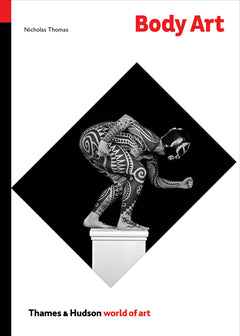
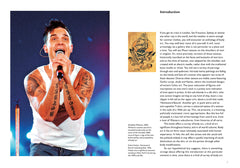
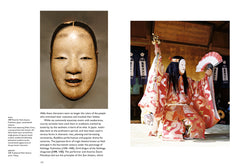
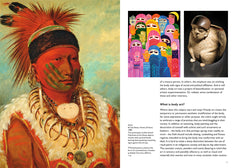
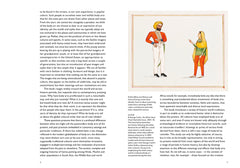
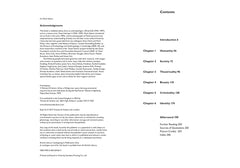
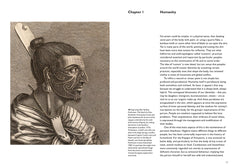
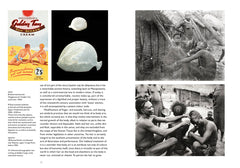
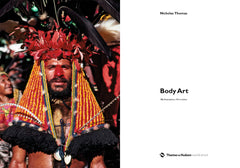
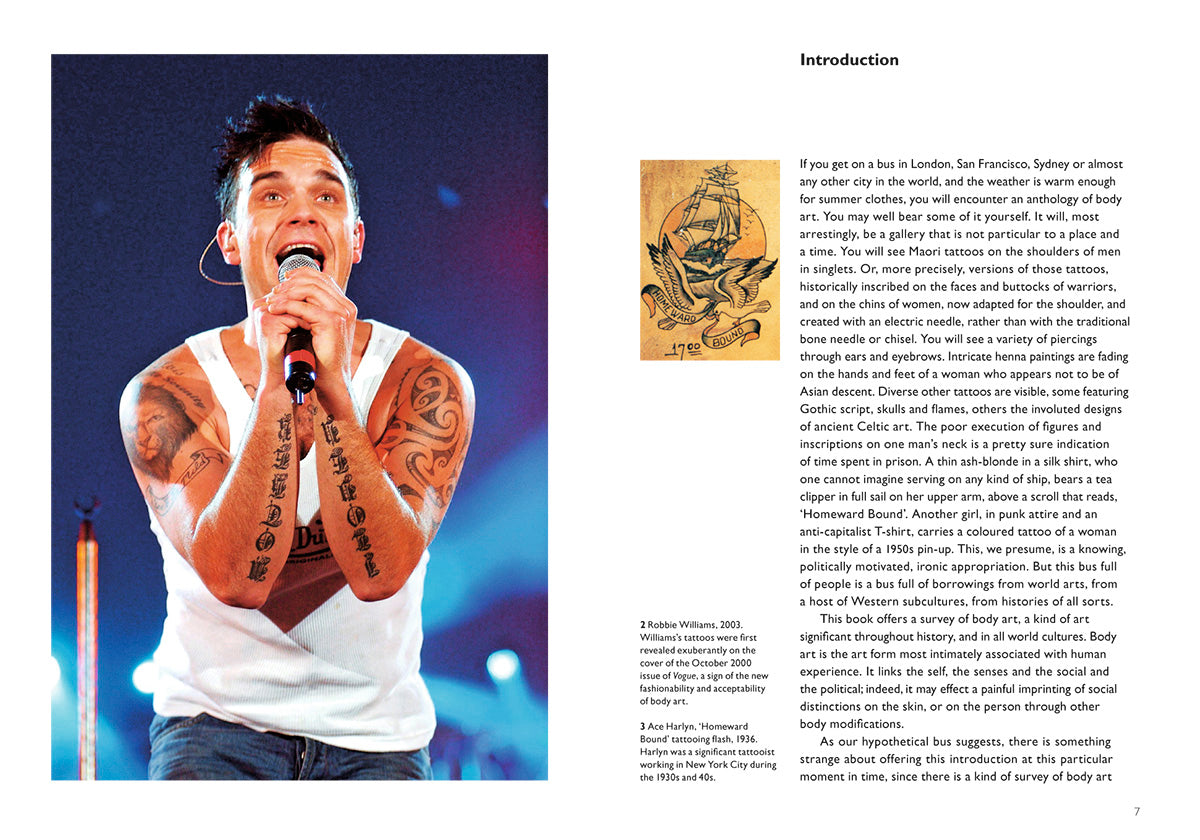
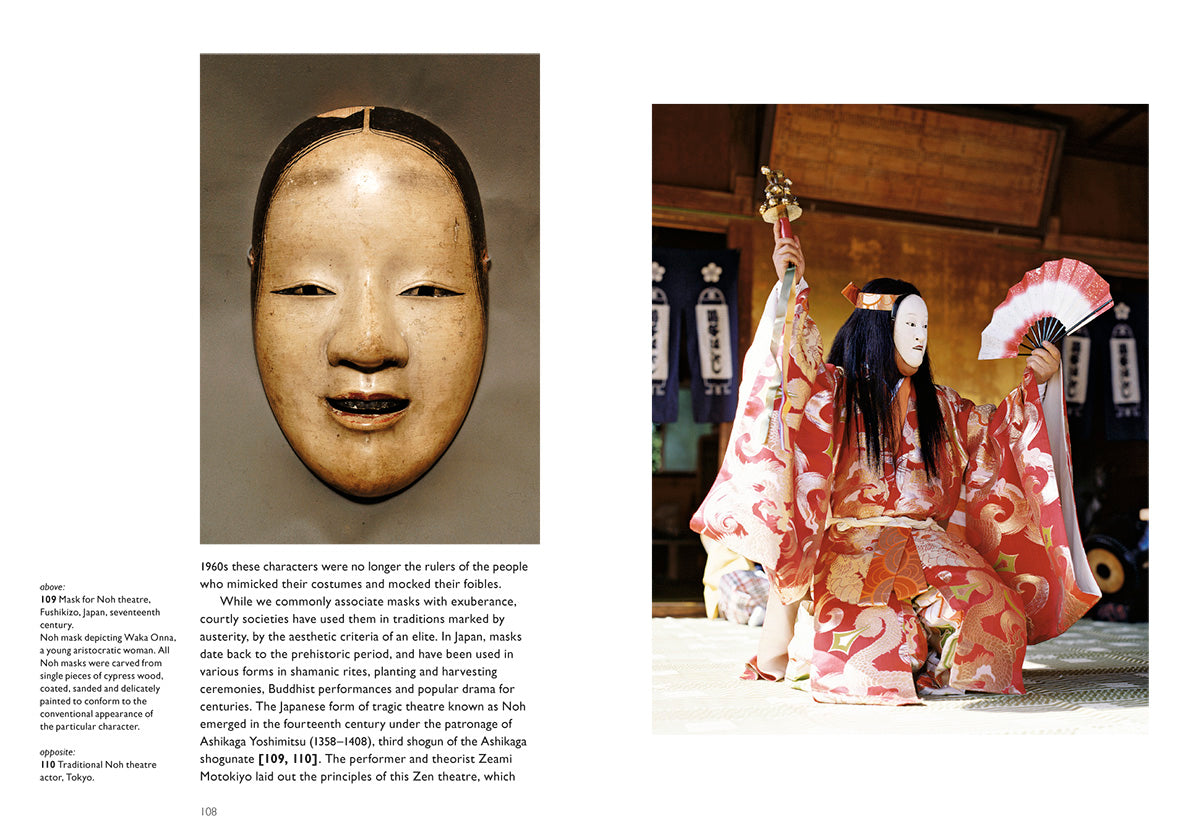
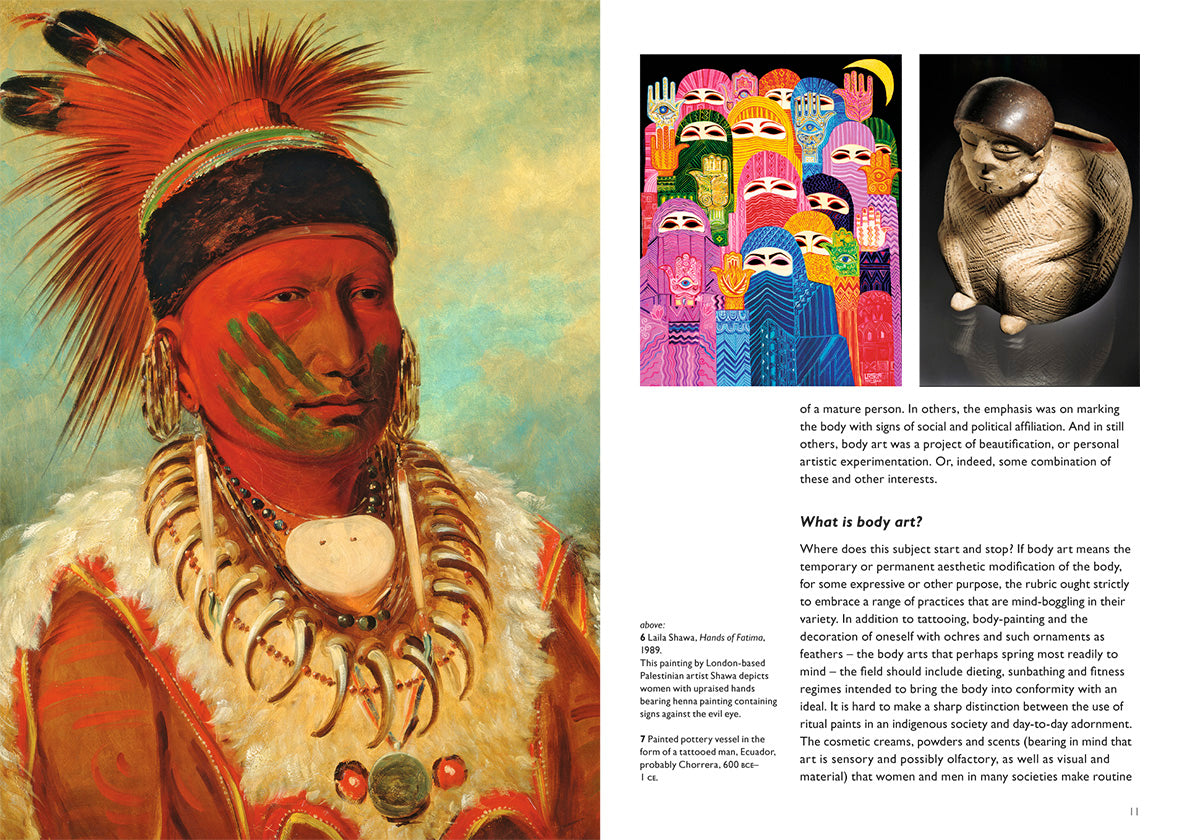
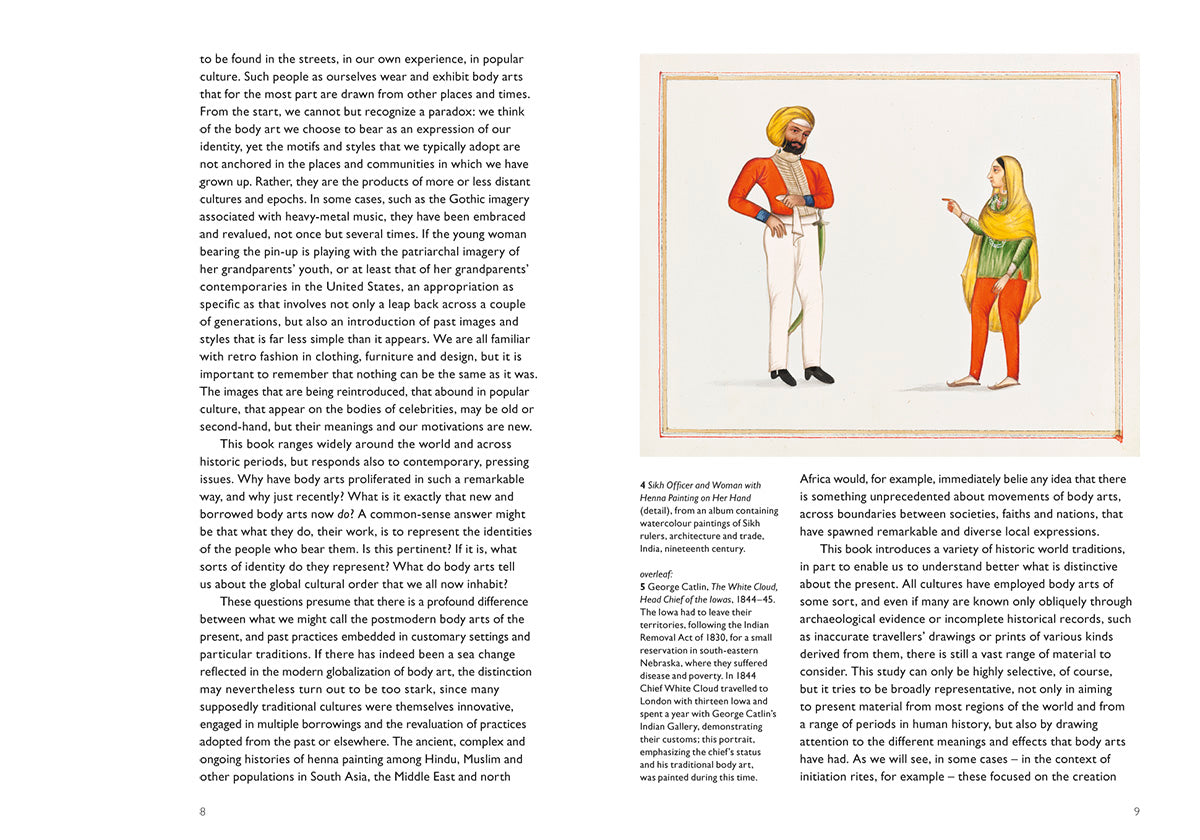
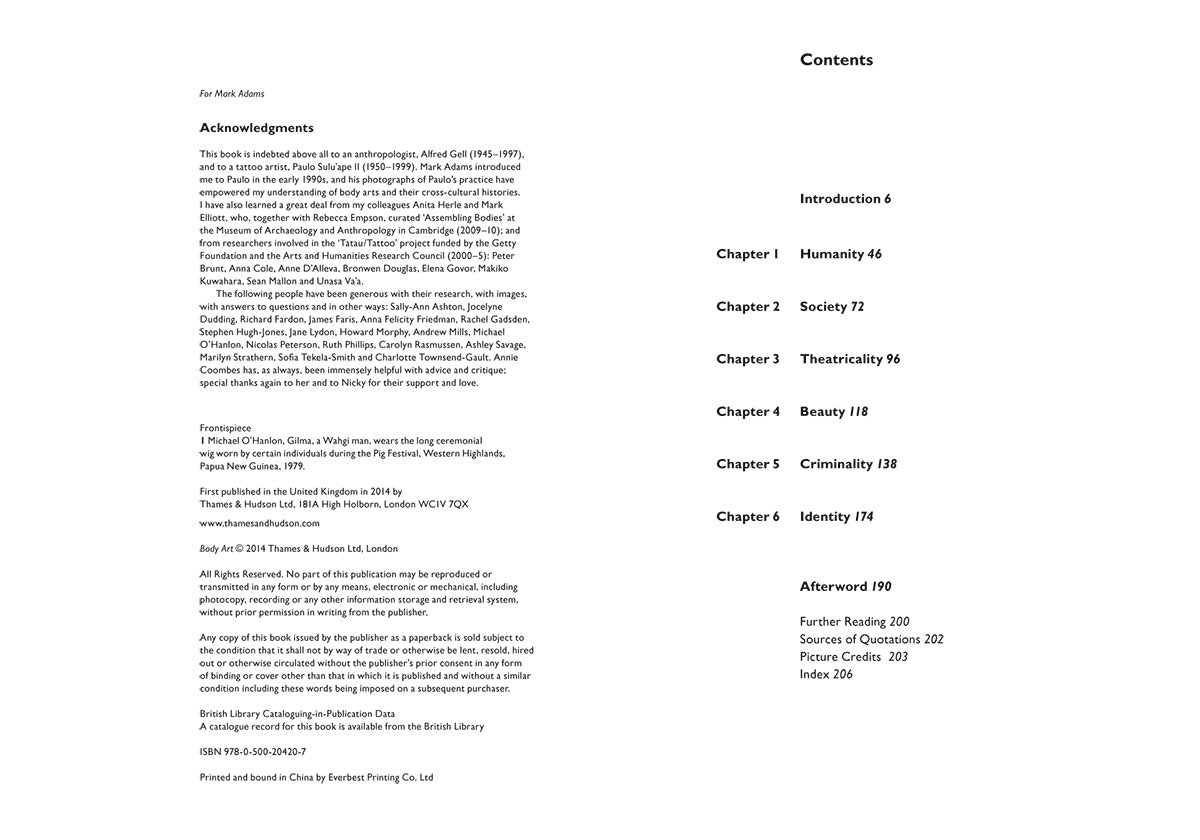

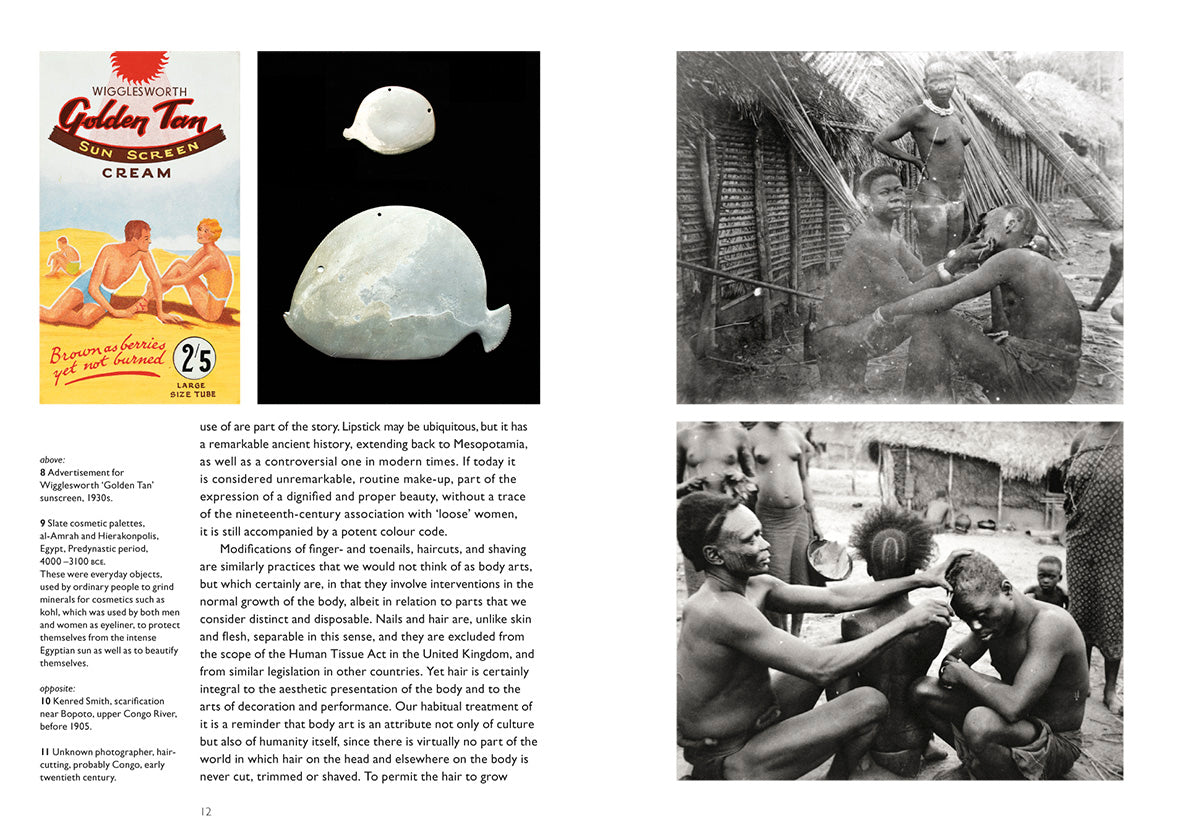
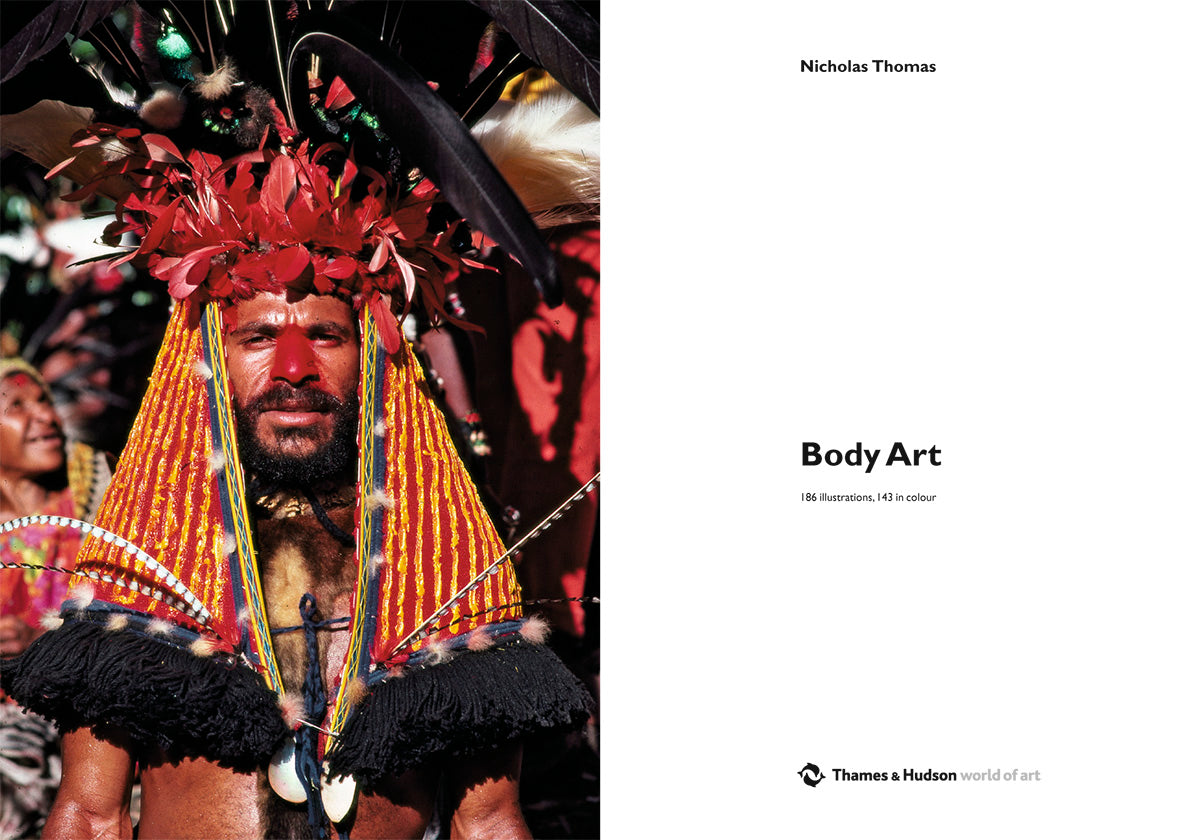
About the Author
Nicholas Thomas is Professor of Historical Anthropology, University of Cambridge. Among his previous books are Oceanic Art in the World of Art series and Islanders: the Pacific in the Age of Empire, which won the Wolfson History Prize in 2010.
You May Also Like
View more
This product currently has no recommended items.
Sign up to our Newsletter
Our weekly newsletter is a curated collection of interviews, articles, stunning images and books we think you’ll love. Sign up to get 20% off.
In accordance with our privacy policy, you may unsubscribe at any time.
Invalid password
Enter
- Choosing a selection results in a full page refresh.

